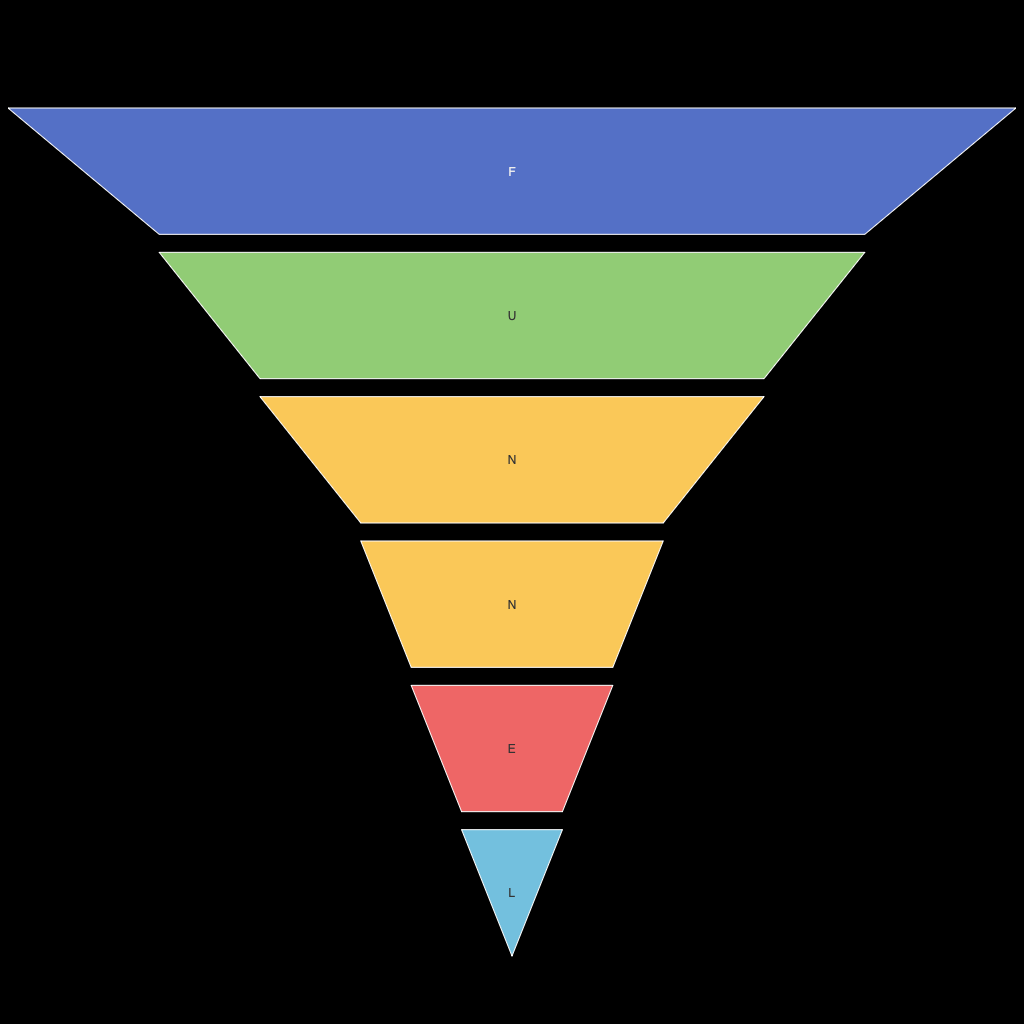### Mastering the Funnel Chart: Understanding Its Significance and Effective Application in Business Analytics
In the diverse landscape of business analytics, visual tools play a pivotal role in simplifying complex data and turning it into actionable insights. Among these tools, funnel charts stand out for their unique ability to visualize a process or flow, particularly for businesses seeking to track and optimize customer journeys across different stages. This article delves into the significance of funnel charts and offers practical guidance for their effective application within the realm of business analytics.
## **Understanding the Fundamentals of Funnel Charts**
A funnel chart is a graphical representation that is widely used to depict stages in a process that decreases over time, typically showcasing the funnel shape through a series of overlapping segments. Each stage represents a different phase of a process, starting from a large group initially, that decreases as it proceeds through stages leading to the final outcome. The stages can represent various aspects specific to different industries—such as customer acquisition, lead generation, sales conversion, or website traffic.
### **Significance of Funnel Charts in Business Analytics**
Funnel charts are significant in business analytics for multiple reasons:
1. **Visualization of Conversion Rates**: By visually comparing the sizes of each stage, funnel charts help identify where most of the ‘leaks’ occur—areas where customers drop out. This insight is invaluable for targeting improvement efforts specifically where the biggest losses occur.
2. **Identification of Funnel Drop-Off Points**: Funnel charts can highlight which stages of the process have the highest rates of leaving or dropping off, enabling businesses to focus their optimization efforts on these critical points.
3. **Streamlining Processes**: By understanding which aspects of a customer journey are most effective, businesses can refine their processes to reduce friction and enhance customer satisfaction, ultimately leading to increased conversions and higher revenues.
4. **Comparative Analysis**: Funnel charts allow for the comparison of different groups or time periods. This is particularly useful in observing the effects of various marketing campaigns or changes in strategies on customer engagement and funnel performance.
5. **Data-Driven Decision Making**: With a clear visual representation of the customer journey and its bottlenecks, managers and stakeholders can make informed decisions, setting priorities and allocating resources effectively to boost overall performance.
### **Effective Application of Funnel Charts**
To effectively utilize funnel charts in business analytics:
1. **Define Stages Clearly**: Each stage in a funnel chart should be clearly defined based on well-recognized metrics in your industry. This ensures that the stages are meaningful and easily understandable to all stakeholders.
2. **Collect Accurate Data**: Ensure the data fed into the funnel chart is accurate and updated regularly to reflect the current state of your business. Inaccurate data can lead to misleading insights.
3. **Use the Right Software**: Select a data visualization tool that supports the creation and customization of funnel charts. Tools like Tableau, Google Data Studio, or Microsoft Power BI offer robust capabilities for this.
4. **Regular Review and Optimization**: Once a new funnel chart is set up, it should be reviewed regularly to identify changes in the process flow, drop-off rates, and any new insights. This iterative process helps in continuous improvement.
5. **Educate the Team**: Ensure that all individuals within an organization understand how to interpret funnel charts. This fosters a data-driven culture and makes actionable insights widely accessible.
### **Conclusion**
Funnel charts are a potent tool in the arsenal of business analytics, offering insights into customer journeys, identifying areas for process optimization, and guiding strategic decisions. By mastering their application, businesses can enhance customer experience, optimize resource allocation, and drive growth through actionable insights supported by visual data. Embracing funnel charts effectively places businesses in a prime position to excel in a data-driven world, continually monitoring progress and responding to market dynamics with agility and precision.
